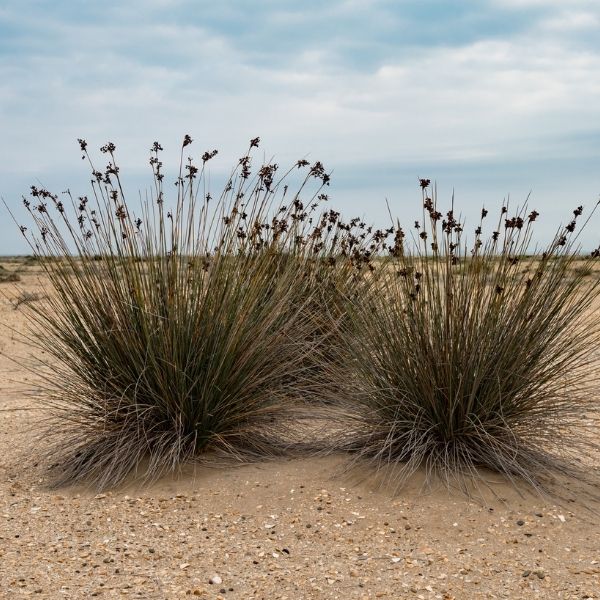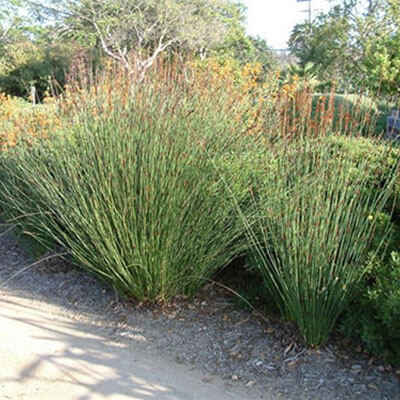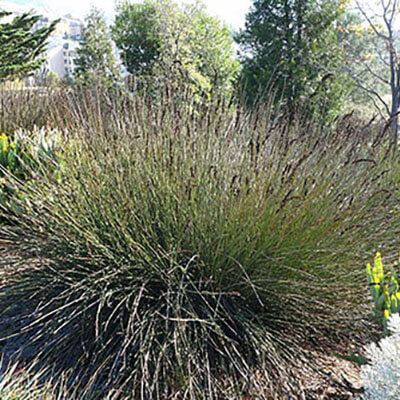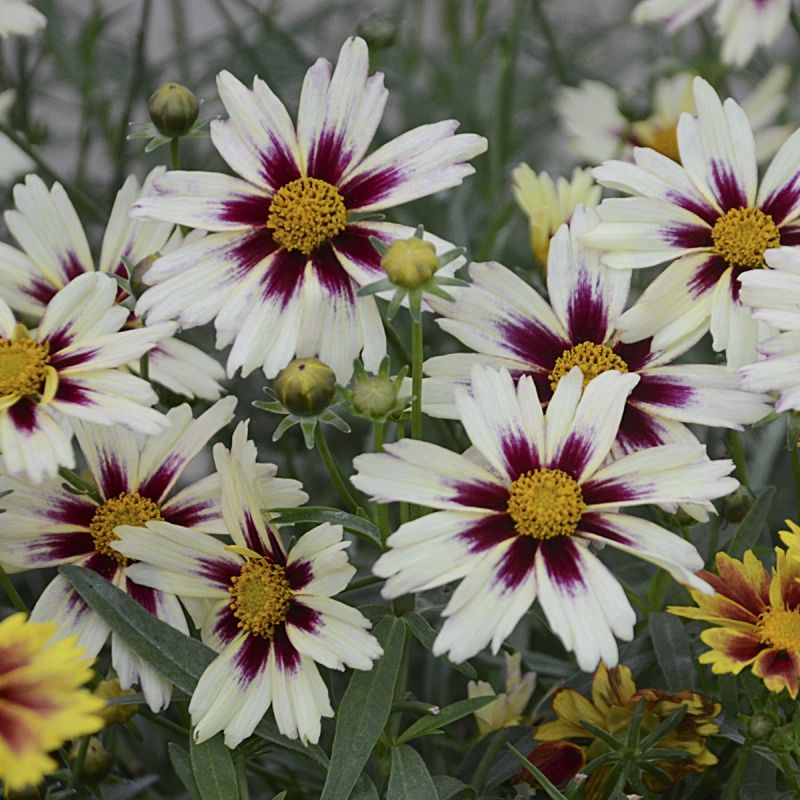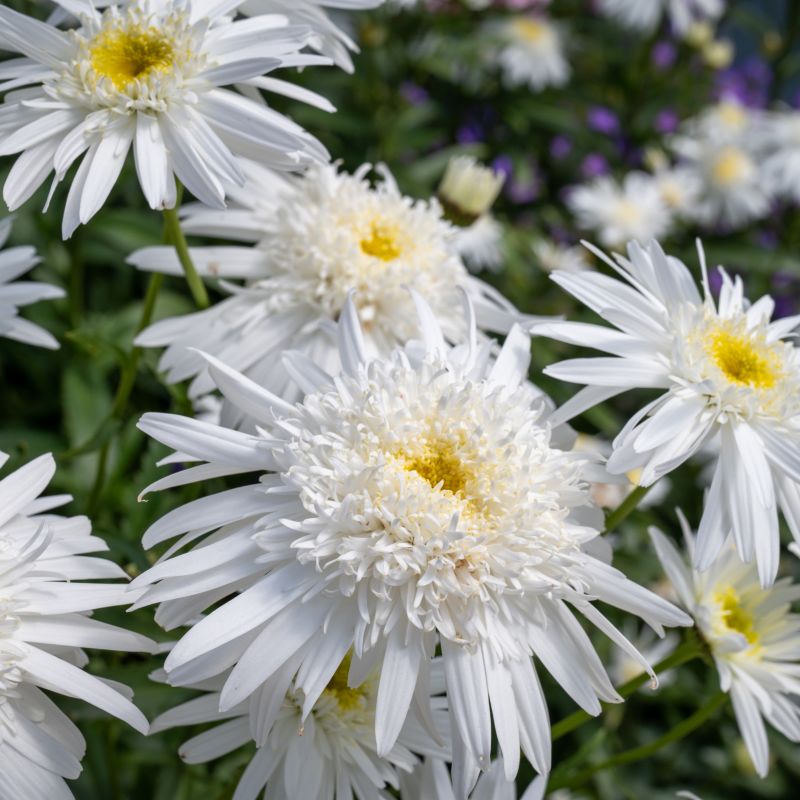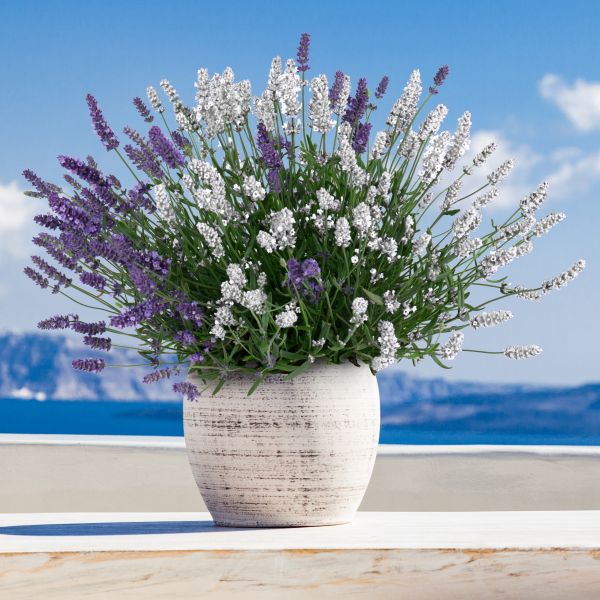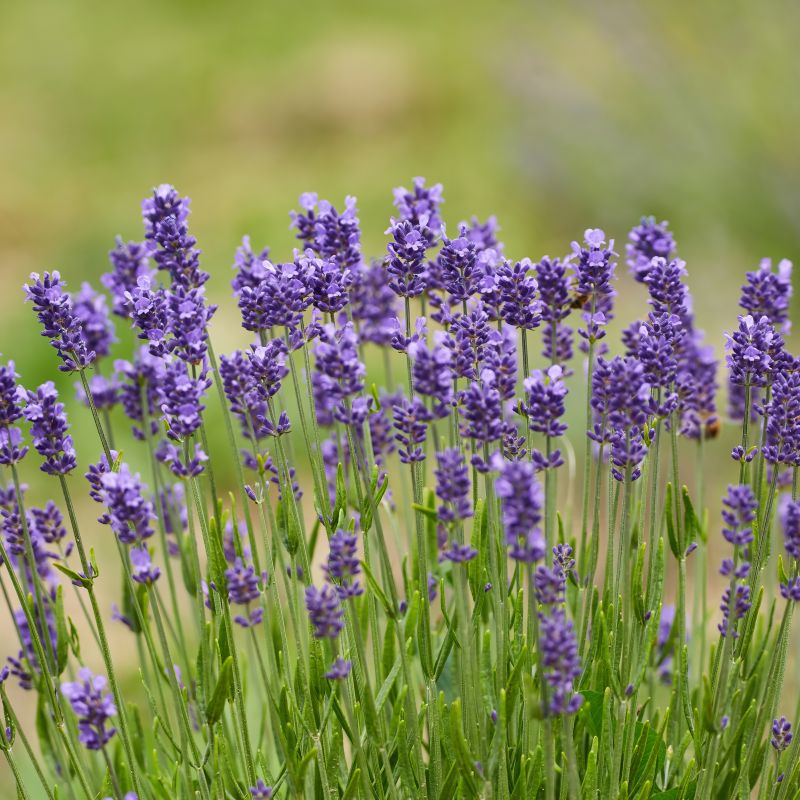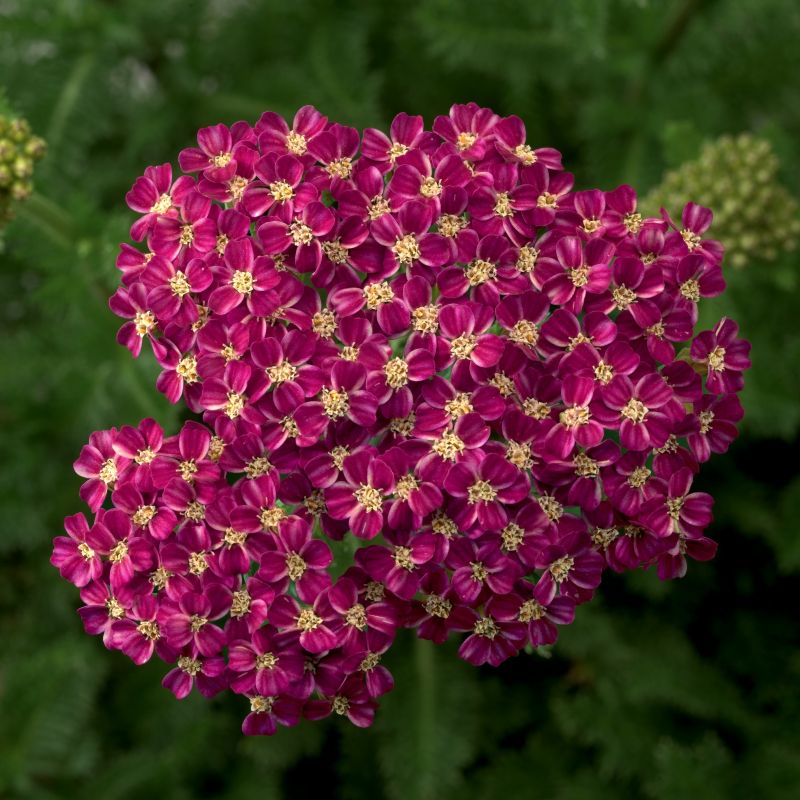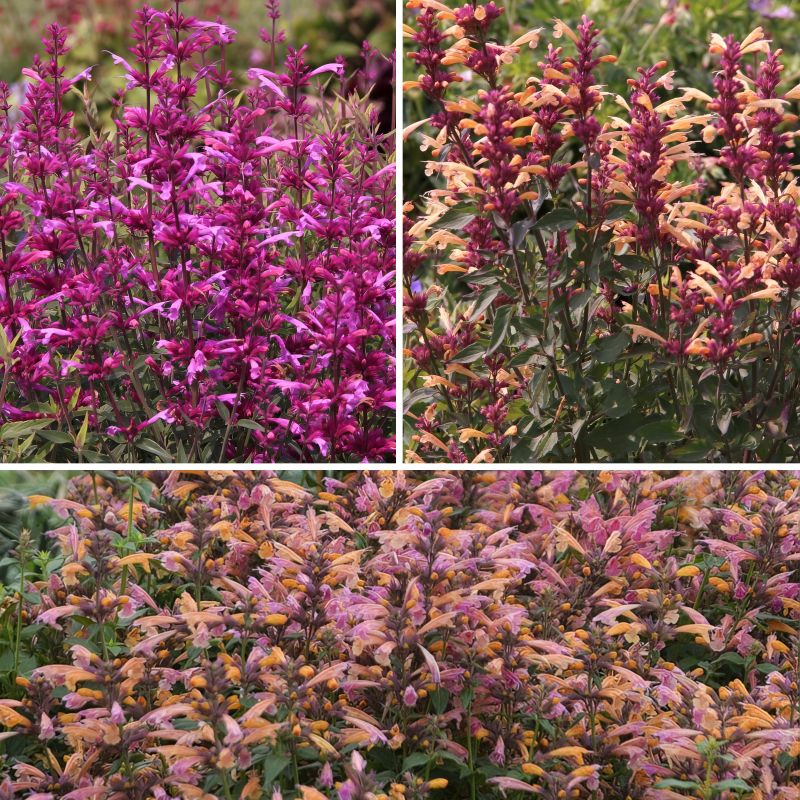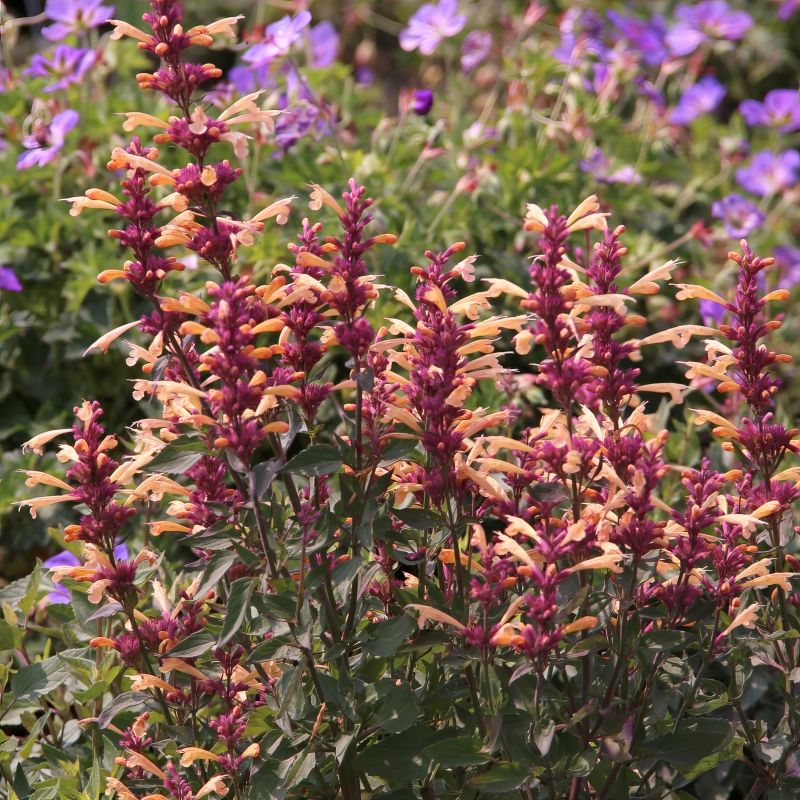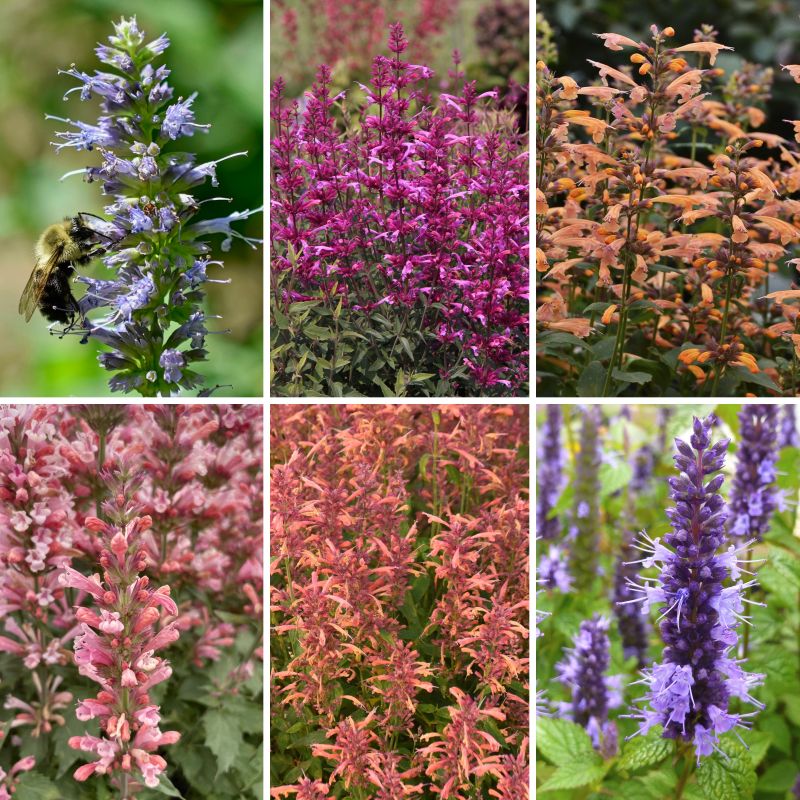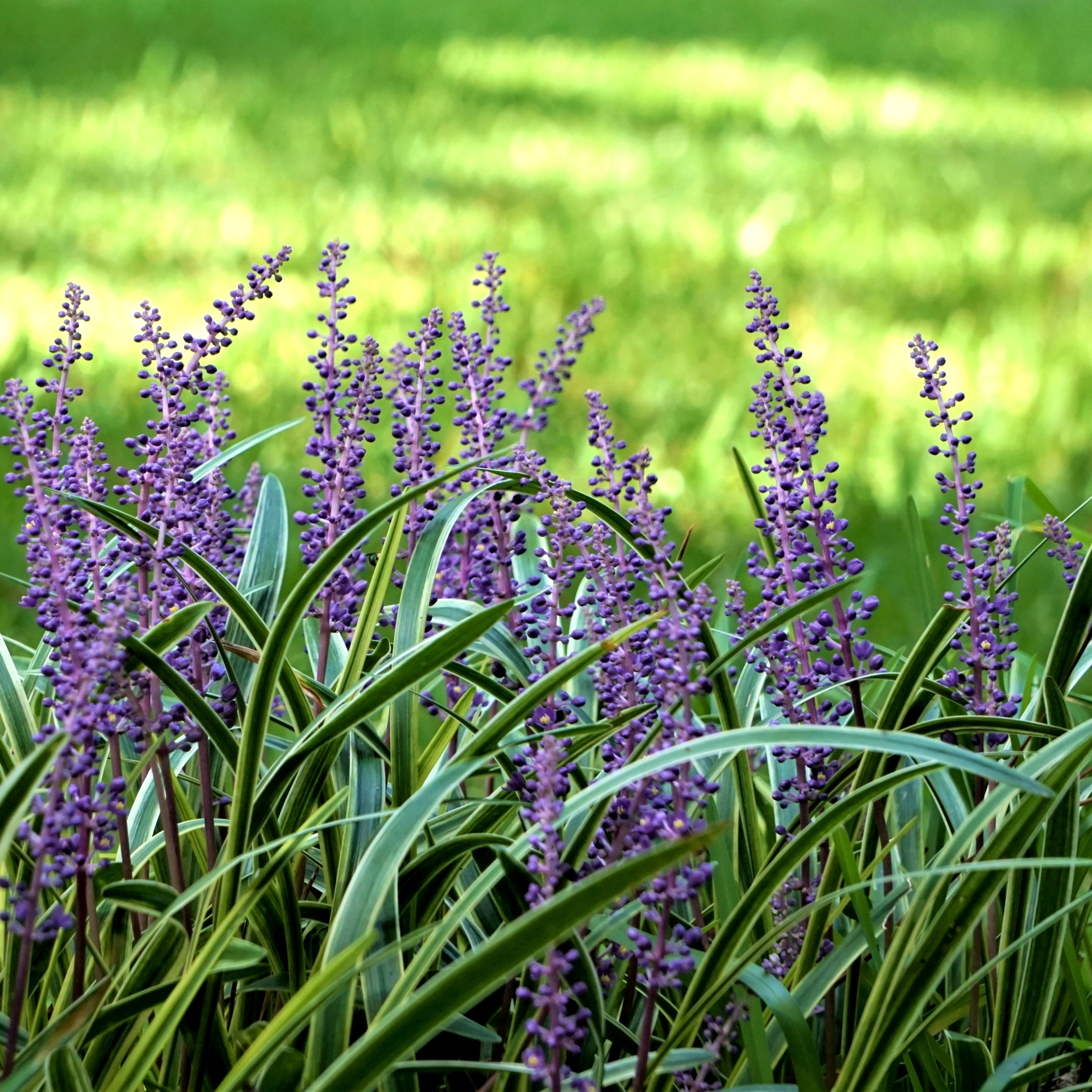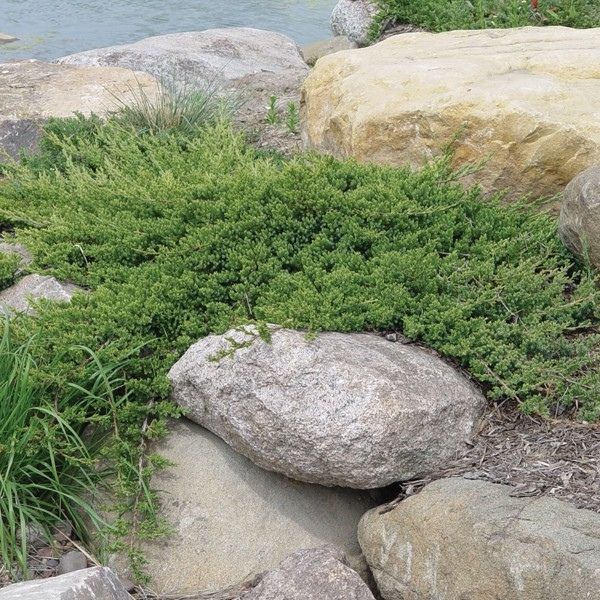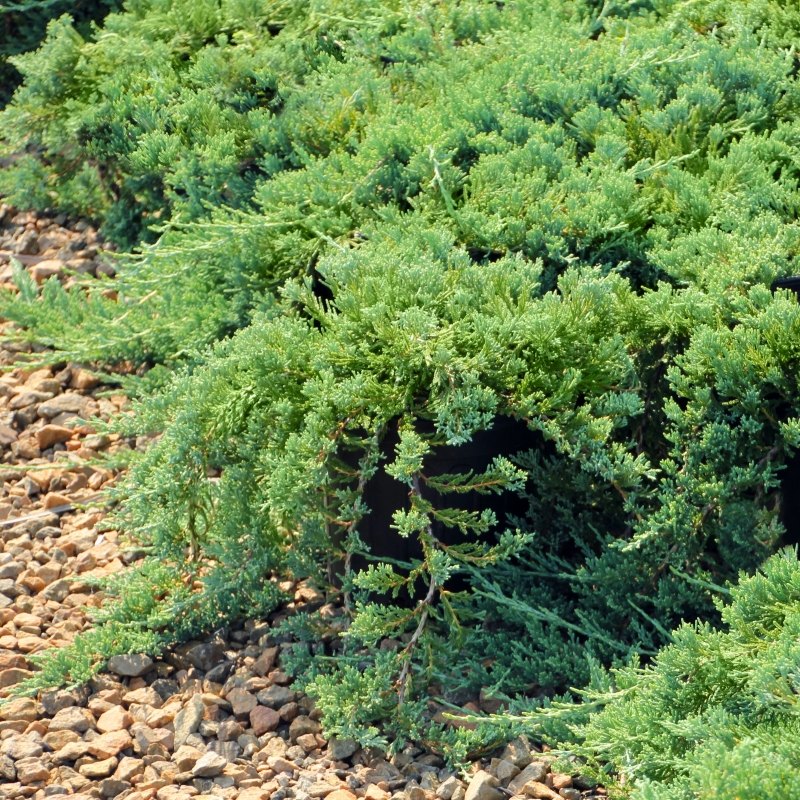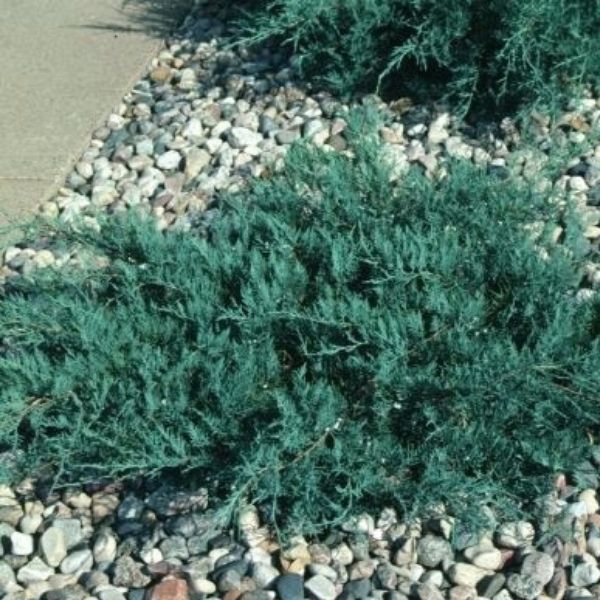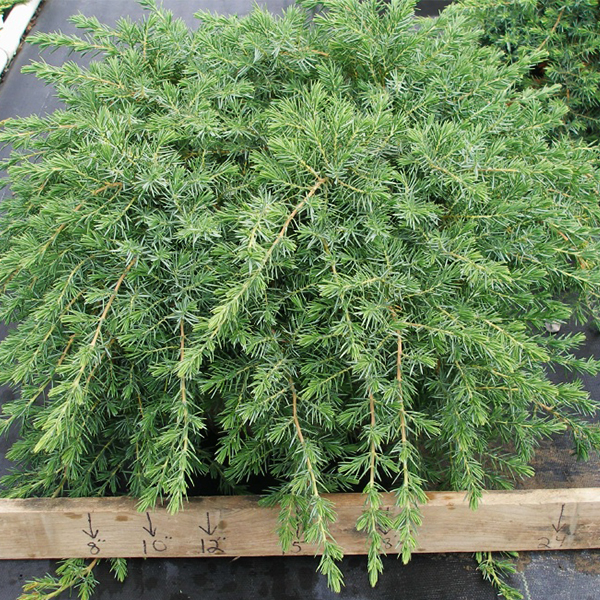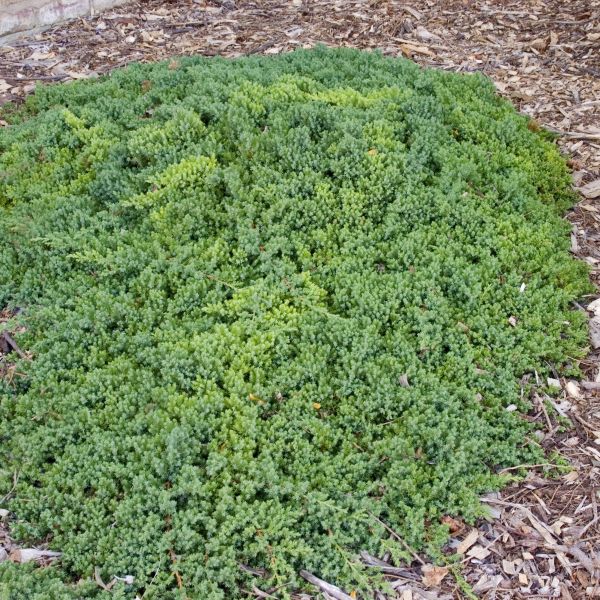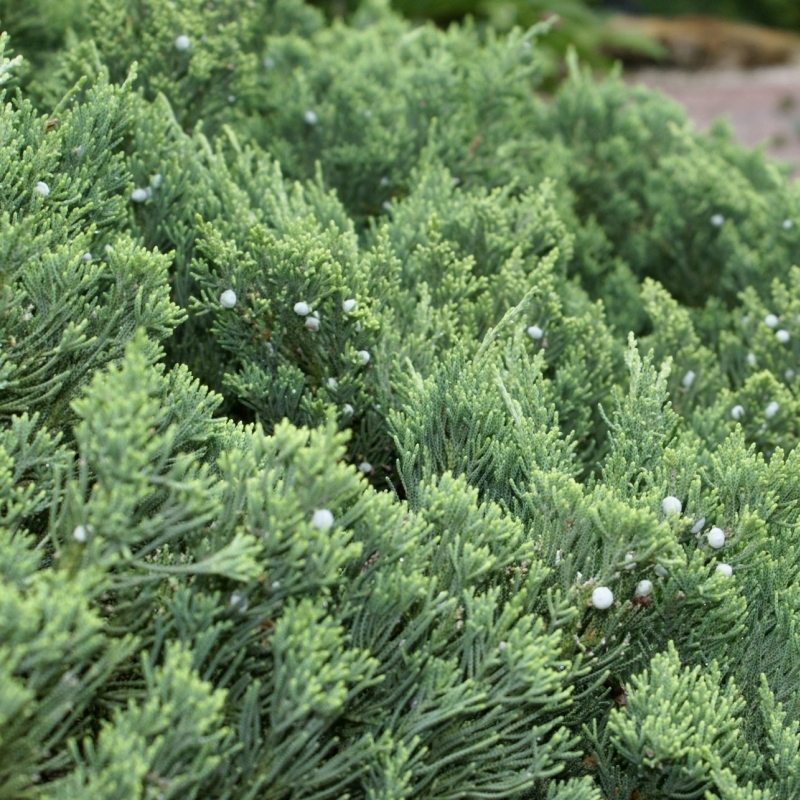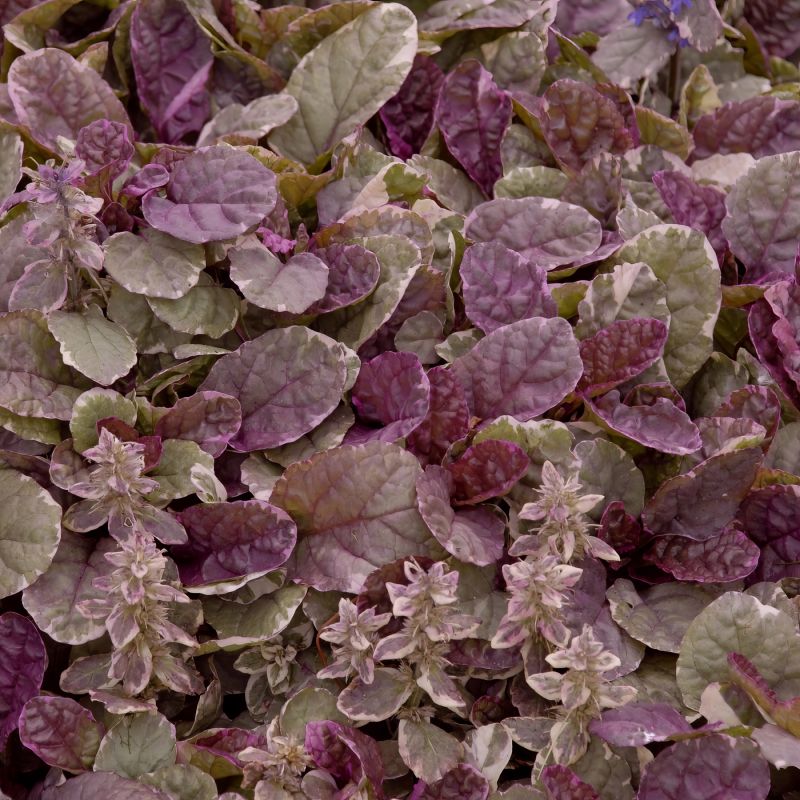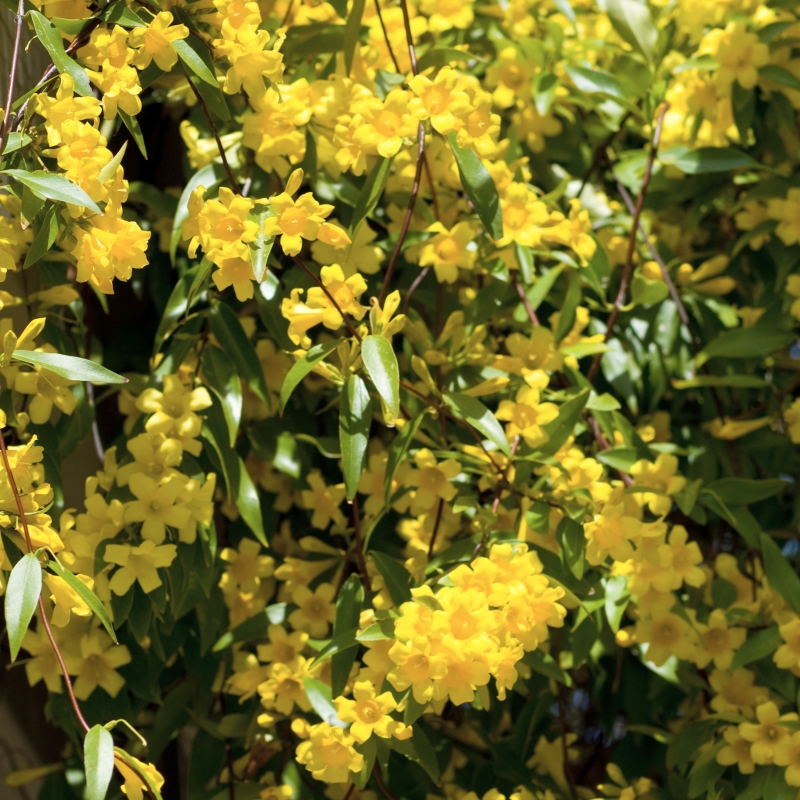

Cape Rush
Chondropetalum tectorum
8 reviews


Cape Rush
Chondropetalum tectorum
8 reviews
- Drought tolerant and low maintenance
- Adds unique texture and height to landscaping
- Thrives in full sun and well-draining soil
- Ships to 43215 in 7-10 Days
- Free Shipping
- Plant Arrival Guarantee
- In Stock
- Free Plant Consult
$200
$155.00
$222.00
30% Off
3.5 Gallon
We are sorry, product is currently out of stock due to seasonal availability. Please check the "Related plants available in your area" section below
Why Cape Rush?
Cape Rush (Chondropetalum tectorum) is a South African plant that belongs to the Restionaceae family. It is a perennial rush-like plant with thin, dark green cylindrical stems that can grow up to 2 meters in height. Cape Rush is often used in landscaping due to its unique and striking appearance, adding a touch of elegance and texture to gardens and landscapes.
Related plants available in your area
Sunlight
Cape Rush (Chondropetalum tectorum) prefers full sun or partial shade conditions for optimal growth and development.
Watering
Cape Rush requires regular watering to maintain moist soil conditions. It prefers consistently damp or wet soil, mimicking its natural wetland habitat.
Fertilizing
Cape Rush typically requires a balanced fertilizer with equal amounts of nitrogen, phosphorus, and potassium.
Cape Rush (Chondropetalum tectorum)
Cape Rush (Chondropetalum tectorum) is a stunning ornamental grass native to the Western Cape of South Africa. Also known as Restio, it is a versatile plant that adds unique texture and interest to any garden or landscape. With its architectural form and graceful movement, Cape Rush is highly sought after by garden enthusiasts and professional landscapers alike.
Features:
- Slender Stems: Cape Rush features thin, sturdy, and erect stems that reach a height of about 3-5 feet. The stems are a rich green color, providing a vibrant addition to any garden.
- Soft Plume-Like Flowers: The flowerheads of Cape Rush are composed of delicate, feathery bracts that resemble plumes. They appear in late summer and persist throughout the fall, providing a lovely display of wispy, tan-colored inflorescences.
- Tolerant of Various Conditions: This resilient grass is drought-tolerant once established and can thrive in both full sun and partial shade. It is also adaptable to a variety of soil types, including sandy, loamy, and clay soils.
- Low-Maintenance: Cape Rush requires minimal care, making it an ideal choice for low-maintenance landscapes. It does not require frequent pruning, and its neat clumping habit prevents it from becoming invasive.
- Water Feature Accent: Cape Rush is often used to adorn the edges of ponds, water features, or along stream banks. Its willingness to grow in moist soil conditions makes it a perfect choice to enhance the natural beauty of water-centered areas.
- Native Wildlife Attraction: As a native South African plant, Cape Rush attracts various forms of wildlife, including birds, butterflies, and bees. Its fluffy flowerheads provide a source of food and habitat for these beneficial creatures.
Uses:
Cape Rush can be utilized in a multitude of ways to enhance your landscape:
- Accent Plant: Due to its unique appearance, Cape Rush is often used as an accent plant in mixed borders or container gardens, providing height and structure.
- Privacy Screen: The tall stems and dense foliage of Cape Rush create an effective privacy screen when planted in a row, separating different areas of your property.
- Modern Landscapes: With its sleek, architectural look, Cape Rush lends itself well to contemporary or minimalist garden designs, adding a touch of sophistication.
- Water Gardens: As previously mentioned, Cape Rush's ability to thrive in moist soil conditions makes it an excellent choice for water gardens, by bringing textural interest and movement to the surroundings.
Add the captivating beauty of Cape Rush to your landscape, and enjoy its effortless elegance year-round. Its graceful demeanor and hardy nature make it a perfect choice for garden enthusiasts and landscape professionals seeking a distinctive plant that is both picturesque and easy to care for.
Plant Information:
| Botanical Name: | Chondropetalum tectorum |
| USDA Zones: | 8-10 |
| Water: | Medium, Low Once Established |
| Exposure: | Full Sun |
| Soil Needs: | Adaptable to Most Soils |
| Mature Height: | 2 - 3 feet |
| Mature Spread: | 2 - 3 feet |




Pollination Info
Pollination Information for Cape Rush (Chondropetalum tectorum)
Cape Rush, scientifically known as Chondropetalum tectorum, belongs to the Restionaceae family of plants. Unlike many other plants, Cape Rush does not rely on insect pollinators for reproduction. Instead, it utilizes a strategy called wind pollination. Here are some key details about the pollination process in Cape Rush:
1. Anemophilous Pollination (Wind Pollination)
Cape Rush is an anemophilous plant, meaning it relies on the wind to transfer pollen from the male reproductive organ (stamen) to the female reproductive organ (stigma). The plant produces lightweight and abundant pollen to increase the chances of successful pollination.
2. Structure and Adaptations
The flowers of Cape Rush are small and inconspicuous, arranged in dense clusters on upright stems. They lack petals and have reduced floral structures. This reduced floral display helps in reducing the chances of pollen loss during windy conditions.
3. Pollen Release and Dispersal
When the flowers of Cape Rush are mature and ready for pollination, the anthers burst open to release the fine, powdery pollen grains into the air. These lightweight pollen grains are carried away by the wind currents and can travel over long distances.
4. Pollen Reception
On the female flowers, the stigma is designed to capture the airborne pollen. It possesses sticky structures or hairs that help in collecting the pollen grains efficiently. Once the pollen grains are captured, they grow pollen tubes down to the ovary for fertilization.
5. Self-Compatibility
Cape Rush is self-compatible, which means it has the ability to receive pollen from its own flowers. However, cross-pollination between different plants enhances genetic diversity, leading to healthier and more resilient populations.
6. Environmental Factors
The success of wind pollination in Cape Rush depends on various environmental factors, including wind strength, direction, and timing. A steady breeze helps disperse the pollen effectively, while heavy rain or high humidity can reduce the chances of successful pollination.
By employing wind pollination, Cape Rush ensures reproductive success even in habitats where insect pollinators may be scarce. Understanding the pollination mechanism of this species can aid in its conservation efforts and maintaining its natural populations.
FAQ
Frequently Asked Questions - Cape Rush (Chondropetalum tectorum)
1. What is Cape Rush?
Cape Rush, scientifically known as Chondropetalum tectorum, is an ornamental grass native to South Africa. It is known for its unique rush-like appearance with slender, dark green stems and small brown flowers.
2. How tall does Cape Rush grow?
Cape Rush typically grows to a height of 3 to 6 feet (0.9 to 1.8 meters). However, under ideal conditions, it can reach up to 10 feet (3 meters) in height.
3. What are the ideal growing conditions for Cape Rush?
Cape Rush thrives in full sun but can tolerate partial shade. It prefers wet or moist soil conditions and can tolerate both acid and alkaline soils. This grass is also relatively salt-tolerant, making it suitable for coastal regions.
4. How do I plant Cape Rush?
To plant Cape Rush, dig a hole slightly larger than the root ball and place the plant in the hole. Backfill the hole with soil and gently firm it around the base of the plant. Water thoroughly after planting to help establish roots.
5. How often should I water Cape Rush?
Cape Rush requires regular watering to keep the soil consistently moist. Water deeply but less frequently rather than shallow, frequent watering. Avoid waterlogging the soil as it can lead to root rot.
6. Does Cape Rush need pruning?
Cape Rush does not require regular pruning. However, you can remove any dead or damaged stems at the base of the plant to maintain its appearance. Trim back the foliage in early spring if necessary to promote new growth.
7. Can Cape Rush be grown in containers?
Yes, Cape Rush can be grown successfully in containers. Choose a large container with drainage holes to prevent waterlogging. Use a well-draining potting mix and water regularly to keep the soil moist.
8. Is Cape Rush deer-resistant?
Yes, Cape Rush is generally considered deer-resistant. Deer tend to avoid this plant as it is not one of their preferred food sources. However, if deer populations are high or food sources are scarce, they may still nibble on Cape Rush.
9. Does Cape Rush have any special care requirements?
Cape Rush does not have any specific care requirements. However, mulching around the plant can help retain moisture in the soil and suppress weed growth. Fertilizer application is generally not necessary, but a slow-release, general-purpose fertilizer can be applied in spring if desired.
10. Can Cape Rush be divided?
Yes, Cape Rush can be divided to propagate new plants. Divide the clumps in spring when new growth begins to emerge. Use a sharp knife or spade to separate the clumps into smaller sections, ensuring each section has roots attached. Replant the divisions in suitable locations.
Planting & Care
Planting & Care for Cape Rush (Chondropetalum tectorum)
Planting Instructions:
- Choose a planting location that receives full sun to partial shade.
- Ensure the soil is well-draining and slightly acidic to neutral pH.
- Dig a hole twice as wide and as deep as the plant's root ball.
- Place the plant in the hole and backfill with soil, gently firming it around the roots.
- Water the newly planted Cape Rush thoroughly.
Care Instructions:
- Watering:
- Keep the soil consistently moist, especially during hot and dry periods.
- Avoid overwatering, as it may cause root rot.
- Fertilizing:
- Apply a slow-release fertilizer in spring to promote healthy growth.
- Follow the package instructions for proper application rates.
- Pruning:
- Trim off any dead or damaged foliage throughout the year.
- In late winter or early spring, cut back the old growth to make way for new shoots.
- Mulching:
- Apply a layer of organic mulch around the base of the plant to conserve moisture and suppress weed growth.
- Keep the mulch a few inches away from the stem to prevent moisture-related problems.
- Winter Care:
- Cape Rush is generally frost-tolerant, but if your area experiences harsh winters, consider providing winter protection.
- Apply a layer of mulch around the base of the plant to insulate the roots.
- You can also cover the plant with burlap or a frost blanket during extreme cold spells.
By following the above planting and care instructions, you can successfully grow and maintain Cape Rush (Chondropetalum tectorum) in your garden or landscape.
Check Out These Verified Customer Reviews:
Customer Reviews
4.8 out of 5 based on 8 reviews
Thank you! Your review has been submitted.
Excellent customer service, responded quickly to inquiries.
Great quality product, exceeded expectations.
Easy website navigation, smooth checkout process.
Item has been added to your cart.



